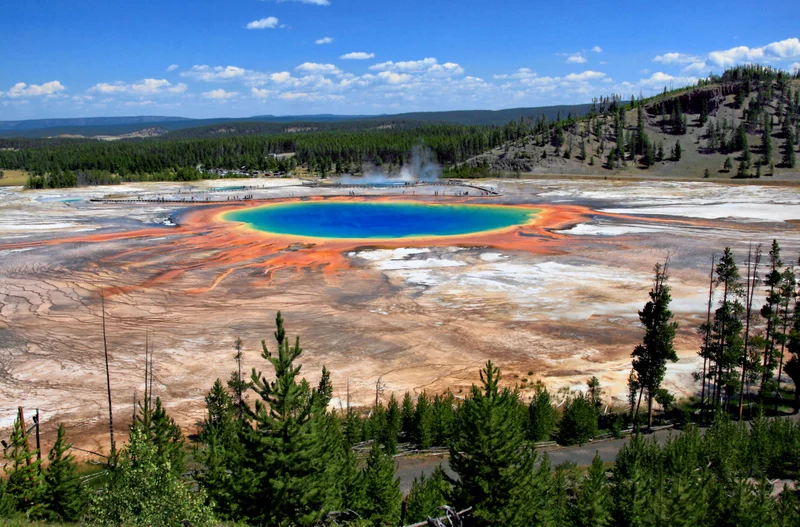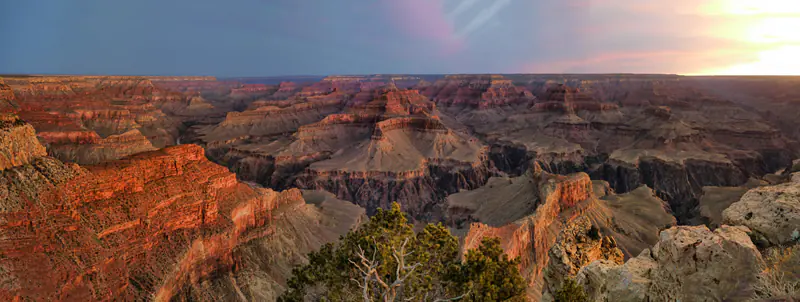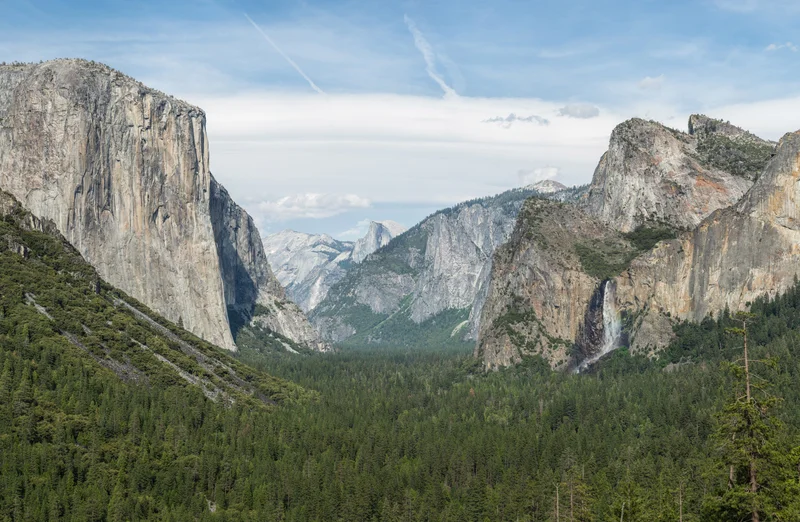UNESCO World Heritage Sites in United States
Heritage Overview
The United States' UNESCO World Heritage sites showcase the nation's extraordinary natural landscapes and pioneering conservation legacy. As one of the first countries to ratify the World Heritage Convention in 1973, the US demonstrated early commitment to protecting sites of Outstanding Universal Value for future generations. American natural heritage sites preserve some of Earth's most spectacular geological phenomena. Ancient volcanic systems, massive glacial carvings, and millennia of erosion have created landscapes that inspired the global national parks movement. These protected areas serve as natural laboratories for scientific research whilst providing wilderness experiences that shaped American environmental philosophy. The country's contribution to the World Heritage system extends beyond its borders through technical expertise, funding support, and leadership in conservation methodology. American sites attract millions of international visitors annually, demonstrating how heritage preservation and sustainable tourism can coexist whilst generating economic benefits for surrounding communities. The ongoing management of these vast protected landscapes continues to inform global best practices in natural heritage conservation.
Essential Information
Visa Requirements
Citizens of Visa Waiver Program countries (including the United Kingdom, most European Union nations, Australia, Japan, and South Korea) can visit for up to 90 days without a visa but must obtain ESTA (Electronic System for Travel Authorization) online before travel, typically approved within minutes but apply at least 72 hours in advance. Other nationalities require a US tourist visa (B-2) applied for at American embassies or consulates. Check current entry requirements at the US Department of State website, as regulations may change. Allow several weeks for visa processing during peak travel seasons. Valid passports required for all international visitors.
Currency
The official currency is the United States Dollar (USD). Credit and debit cards (Visa, Mastercard, American Express) are universally accepted throughout the country, including at national parks, hotels, restaurants, and visitor centres. ATMs are readily available in gateway cities and larger towns near heritage sites, though rural and remote areas may have limited banking services. International visitors should notify their banks before travel to avoid card blocking. Contactless payments and mobile wallet applications are increasingly common. Carrying some cash is advisable for small purchases, tips, and locations with limited card infrastructure.
Language
English is the primary language throughout the United States and the sole official language at federal level. Visitor centres at national parks and UNESCO heritage sites provide information in multiple languages, with staff accustomed to assisting international visitors. Spanish is widely spoken in southern and western states, particularly California, Texas, Arizona, and New Mexico. Most signage and interpretive materials at heritage sites appear in English, though major attractions offer audio guides or printed materials in additional languages. Translation applications can be helpful for communication. Customer service standards are generally high at tourist destinations.
Climate
The United States spans multiple climate zones due to its vast geographic extent. Western mountain heritage sites experience cold, snowy winters with heavy snowfall (November-April) and warm, dry summers with temperatures reaching 25-30°C. High-elevation areas can be inaccessible during winter months due to snow closure. Southern desert regions including the Southwest are extremely hot in summer (June-September) with temperatures exceeding 40°C but pleasant October-April with daytime temperatures around 15-25°C. Plan visits according to specific site locations, elevation, and seasonal accessibility. Summer (June-August) brings peak visitation numbers to popular heritage sites, requiring advance accommodation and activity bookings.
Featured Heritage Sites

United States
Yellowstone Geysers and America's First National Park
Supervolcano Wilderness & Wildlife Sanctuary in the Rockies

United States
Grand Canyon's Two Billion Years of Layered Geology
Witness Earth's Magnificent Gorge Carved by the Colorado River

United States
Yosemite's Granite Giants and Cascading Sierra Waterfalls
Experience Nature's Masterpiece in California's High Country